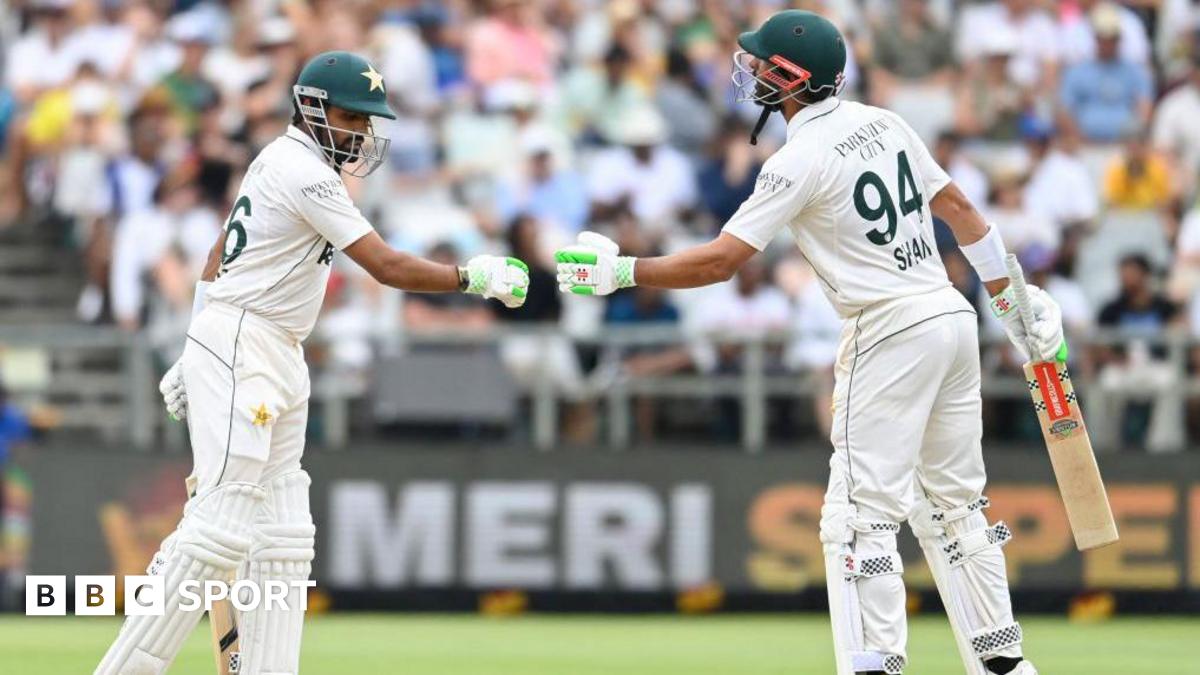One of the eternal fascinations of Test cricket, especially in these Bazballistic times, is that there are almost infinite ways for interpreting what has happened.
In losing 4-1 in India, did England just get thrashed, and end the series utterly dominated?
Did they give the Ravichandran Ashwin-Ravindra Jadeja-era India one of the toughest challenges they have faced in a home series?
Did their hyper-aggressive approach discombobulate their opponents, or themselves?
Was that approach England’s best strategy for achieving victory, or an inevitable route to defeat?
You could reasonably answer yes and/or no to all of those questions, and offer statistical evidence to support your answers.
In the end, the numbers showed a similar defeat to England’s previous two tours of India.
An excellent first Test performance (wins in 2023-24 and 2020-21, the better of a draw in 2016-17) followed by losing all the remaining matches.
By the end of the series, England averaged 25.6 runs per wicket with the bat, and 39.7 with the ball.
As a ratio – England’s runs-per-wicket batting was 64.5% of their runs-per-wicket bowling – it was slightly inferior to the previous two series, and England’s second worst in a series in India, behind their 3-0 drubbing in 1992-93.
England’s fifth-Test subsidence shunted the numbers further towards the impression of a totally comprehensive defeat, but deep into day two of the fourth Test, the tourists were well-placed to make it 2-2 in the series. Nonetheless, India ended with the top five players in both the batting averages (three innings minimum) and the bowling averages (10 overs minimum).
The 25.6 runs per wicket batting figure was England’s second lowest in a series in India. Only the 2020-21 series (19.8) was worse. They lost a wicket every 42 balls three years ago; this time, they lost one every 40 balls, on far more fair and friendly pitches.
The major difference was in runs per over, with the 3.83 Ben Stokes’ side managed this time being the first instance of England scoring at more than three per over in a series in India, and comfortably the highest run rate any visiting side has achieved in India.
To help interpret the events of these five fascinating Tests, here are my four stats that explain the series…
1. England’s unconverted starts
England batters had 35 scores of 25 or more, but converted only 10 of those into fifty-plus innings (28%).
In all series of five or more Tests (of which there have been more than 170), only six teams have ever had a worse conversion rate of quarter-centuries to half-centuries.
Jonny Bairstow became only the second player in Test history to reach 25 seven times in a series without posting a fifty. He goes to the top of the list by virtue of the fact that the other player with seven unconverted 25s in a series, Vernon Ransford of Australia in 1911-12, had a not out in one of his innings.
Bairstow also set a new record for most runs in a Test series without reaching 40 – 238, which also puts him third on the all-time list of most runs in a Test series without reaching 50. Ben Foakes’ 205 runs, with a highest of 47, also made the top 20 of that list.
They were the first players to make 200 runs without a half-century in a Test series since Mark Ramprakash, who in a heroic 1991 debut rubber against an all-time great West Indies pace attack made 19 or more in eight of his nine innings, batted a total of 737 balls, but didn’t reach 30.
Zak Crawley played strikingly well for most of the series, combining his always-majestic strokeplay with defensive skill, patience and judgement, notably against Jasprit Bumrah (77 runs for one dismissal). However, his 407 runs constituted the second most in a Test series without a score of 80, behind Pakistan great Javed Miandad, who made 421 in India in 1979-80 with a top score of 76.
2. England’s failure to bat as a team
But for Joe Root’s final innings 84, England would have been the first team since 1959 to play a five-Test series and not have at least two players with two or more 50-plus scores.
Ollie Pope and Ben Duckett became the eighth and ninth names on a select list of England players with a 150-plus score but no other half-centuries in a Test series (eight innings minimum). Pope’s 196 in the first Test is also the fifth-highest score by a player who has also been out for nought in both innings of a Test in the same series.
In none of the 10 innings in the series did two of England’s top eight reach 50. It is only the second time England have had a sequence of 10 consecutive Test innings without two top-eight fifties – the other was back in 1905-06.
3. India’s spinners shine in final three Tests.

Playing India in their own country over the past 11 years has been, statistically, as difficult a challenge as any in Test history.
England’s almost absurdly inexperienced spin attack began magnificently. After two Tests, they had taken 33 wickets at an average of 33.9. India’s had 23 wickets at 38.3.
Even in defeat in the second Test, when Bumrah’s genius was decisive, England’s spinners returned a lower runs-per-wicket figure than their opponents.
However, the final three Tests saw the experience, quality, craft and mesmerising variety of Ashwin, Jadeja and Kuldeep Yadav demolish England’s batting, with 46 wickets at 18.1.
England’s spinners managed 27 at 45.5 against an Indian batting line-up improved by the addition of Sarfaraz Khan and Dhruv Jurel.
4. Bumrah’s brilliance
India fast bowler Bumrah took 19 wickets at an average of 16.8. All other seamers combined took 25 wickets at 45.8 – an average 2.7 times higher.
That earns the magic-fingered India pacer the much-coveted award for biggest difference in average between the leading seamer and all other seamers in a Test series of at least five matches (in which the lowest-averaging seamer played at least half the Tests).




















